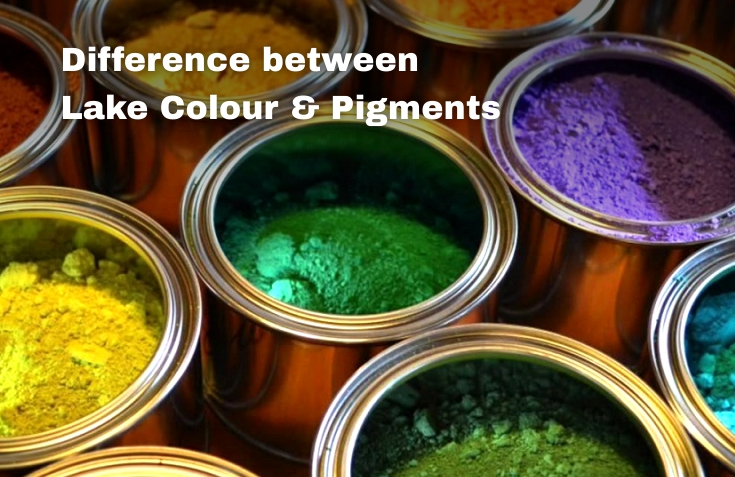
What is difference between dyes, Lake Colour and pigments?
Various types of dyes are used for the manufacture of cosmetics, medicines, food and other products. As a result, pigment manufacturers in India emphasize producing high-quality lake pigments and colours to meet the increasing demand from food, pharmaceuticals, clothing, plastics, cosmetics and other industries. Read on to learn about some of the striking differences between Lake Colour and pigment.
Lakes and dyes will be either “colouring” or colours for more precise terms, but generally “dyes” dissolve in water and “lakes” are oil dispersions.
DYES
Dyes are chemicals that show colour when dissolved. They dissolve in water and will not mix with oil. Dyes can be purchased in granular versions and form dusty light powder and also liquid forms. Bath and Body Renascent offer POWDER Colourings or LIQUID Dyes. They will easily dissolve and therefore not settle is the perfect choice for use in liquid soap.
LAKE
A LAKE PIGMENT is an insoluble material collared with dispersion.
The lake is basically a pigment that has been made from dyes by depositing soluble dyes with metal salts. The pigments produced are called lake pigments.
Lakes are produced from FD & C dyes and can be dispersed by oil (but are generally insoluble in oil) and can therefore be mixed with oil, fat and sugar. They can also be dispersed in other carriers such as propylene glycol, glycerine and sucrose (water and sugar).
Lakes are made in special concentrations of dyes used.
Lakes are generally preferred in several applications, including: For colouring oil-based products, such as balm, chocolate or compound coatings.
Advantages of Lake Colour
The colour of the lake is stable and not easily bleeds, especially when compared to color dyes that are easily soluble in water.
The lake is very flexible and adaptable.
They are used to colour various kinds of goods and products including pharmaceutical and cosmetic products.
They can be easily combined and mixed with fats, vegetable oils, cosmetic oils and other products.
The colours of the lake can be found in different colour concentrations.
Pigments
Pigments are a group of compounds that are intensely colored and are employed to impart colour to other materials. They absorb the light of selective wavelength and then emit various colours through the process of reflection or transmission. Pigments are used to improve the appearance of a substrate on which they are used or impart color to the medium in which they are used.
Pigments can be organic or inorganic.
Organic pigments
Organic Pigments based on carbon chains and carbon rings. However, they can also contain metallic elements that help stabilize properties of the organic component. Inorganic pigments are usually metallic salts precipitated from solutions.
Inorganic pigments
The particle size of inorganic pigments is larger than that of organic pigments. Pigments can impart a versatile range of colours to paints, coatings, plastics, inks, etc. while improving their aesthetic properties. These help enhance properties such as opacity, hiding power, light and weather fastness, heat stability, and tinting strength.
pigment colours are also used for producing bathing crystals, liquid soaps and bath fizzies.
Difference between dyes and pigments
Dyes and pigments are substances that give color to a substance. The term dye is often used for dyes (also called dyes) and pigments. The main difference between dyes and pigments is the size of the particles. Therefore dyes are not UV stable while pigments are usually UV stable.
Benefits of Pigment Colour
The colour of pigments is used to produce various kinds of textiles, fashion products and other specific or specific applications.
The colour of the pigment when used for colouring is very cheap and cheap.
The colour of pigments when produced synthetically is not only environmentally friendly but also safe, less toxic and causes minimal pollution.
Pigments are better than dyes because they can easily maintain color for several years and are also able to withstand intense heat, light and different weather conditions.
Qualitron Chemicals is one of the leading manufacturers of high-quality pigments and preparations for the coatings, plastics and ink industries worldwide.
We offer one of the broadest product lines in the industry. Our products are used by our customers to make everything from vibrant industrial paints to plastic products, ink and more. We are a leading manufacturer and developer of Phthalocyanine Pigment Blue and Phthalocyanine Pigment Green 7, High performance and specialty Organic pigments, Chrome Yellow and Orange pigments, Hybrid pigments, Water and Solvent Based Dispersions, and Lead-Free Alternatives.
Pigments for Paints and Coatings
Pigments for Plastics and Masterbatch
